Clos de Trias Winery in Le Barroux
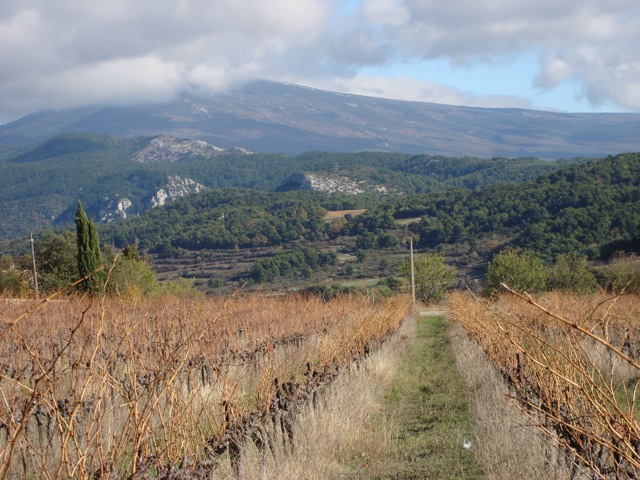
- SUBSCRIBE
- ALREADY SUBSCRIBED?
BECOME A BONJOUR PARIS MEMBER
Gain full access to our collection of over 5,000 articles and bring the City of Light into your life. Just 60 USD per year.
Find out why you should become a member here.
Sign in
Fill in your credentials below.
 In the Rhône Valley we’ve many wineries, ’tis true, and they vary widely from those in the Southern region to those in the heights of the Mont Ventoux. At a first glance the wineries have much in common such as grape varietals (predominantly Grenache, with a compliment of Syrah, Carignan, Mourvèdre, Cinsault as each winery is planted), and soil types (a range of possibilities from stones and lime to iron rich clay). They also have their differences.
In the Rhône Valley we’ve many wineries, ’tis true, and they vary widely from those in the Southern region to those in the heights of the Mont Ventoux. At a first glance the wineries have much in common such as grape varietals (predominantly Grenache, with a compliment of Syrah, Carignan, Mourvèdre, Cinsault as each winery is planted), and soil types (a range of possibilities from stones and lime to iron rich clay). They also have their differences.
Last year a vintner in the Costières de Nîmes AOC wrote me in early November to tell me all his wines were topped off, the malolactic fermentation finished. Finished with the harvest and the most strenuous of the cellar work, he could now turn his attention elsewhere. Yes, his vineyards are far to the south, but a half hour from the sea, regularly baked by the hot sun as it shines upon the windswept plateau. Thus, early to begin, early to finish.
And then there is Even Bakke of Clos de Trias 350 to 500 meters up in the Ventoux AOC. I was at his side last November as he pressed his last tank of Carignan after four weeks on the skins. The malolactic fermentation has yet to begin in his cellar. And he feels no need to rush it along; it will get going, and likely continue through into the spring. He’ll check regularly, tasting, testing, working with the natural rhythm of his grapes and the juice they produce.
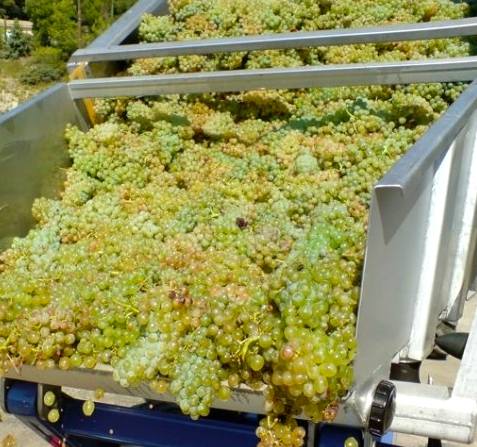
In early September most had begun to harvest, at least the whites. A pause was imposed by two rainstorms, after which the pickers were back at work. Even held back. He works on his own schedule, which is just a tad later than most. It’s a gamble. But when he wins his bets, well, it is well worth it. And so he began to harvest in mid-September. Noting that the grape bunches were not particularly even, he went slowly, from parcel to parcel as he judged them ripe and ready.
His pickers brought in but two bins per day, always early in the morning, allowing time to table the grapes and select out whatever shouldn’t go into the tank (unripe grapes, leaves, etc.). The pace was imposed by the grapes. His pickers worked on and off (with but 23 hectares of grapes) till the third week of October: the latest harvest of his experience in Provence.
There was some “shatter”, especially in the Grenache, Even told me, usually due to rain during flowering. This can create some green berries that never ripen. As he prunes the vines late and thus they blossom late, his grapes were less affected than many of his neighbors. For many, it will be a low-yield year. But this did not worry Even much.
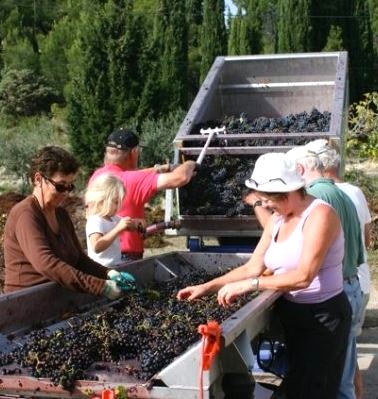 He brings in about 35 hectolitres per hectare—in the same range as Châteauneuf-du-Pape, working bio-dynamically with minimal treatments. And, he does something unusual. He does not plough between the vines to clear away the weeds. His vines co-exist with the natural biodiversity of the area. This protects the vines from many of the diseases such as mildew and mold, Even confided to me. In any case, this year’s harvest was healthy and beautiful, with an average alcohol range of 13.8 and balanced ripeness of tannins and acidity.
He brings in about 35 hectolitres per hectare—in the same range as Châteauneuf-du-Pape, working bio-dynamically with minimal treatments. And, he does something unusual. He does not plough between the vines to clear away the weeds. His vines co-exist with the natural biodiversity of the area. This protects the vines from many of the diseases such as mildew and mold, Even confided to me. In any case, this year’s harvest was healthy and beautiful, with an average alcohol range of 13.8 and balanced ripeness of tannins and acidity.
Even is not French—can you tell by his name? But he married an exquisite Frenchwoman he met living and working in Napa Valley, Marie-Caroline, daughter of a wine-making family from Champagne and herself an experienced woman in the wine business in her own right. It is together with their three children that they chose to settle in Le Barroux, beneath the château, to work the vines as they dreamed to do.
They purchased the winery with all that came with it and have been slowly bringing it up to Even’s standards. He laughs as he remarks how different it is to work here in the Rhône Valley compared to his California wine experiences. Here stainless steel is rare, expensive and a major investment. You work with the old press till it ceases to work, you jerry-rig some tools, you deal with uneven floors, no air conditioning, etc. But hey, you can make great wine. And he does.
It is an exciting time for this young winemaker. The 2010 harvest was his fourth harvest on his property, and his first certified organic harvest. May he have many more.
Editor’s update:
Here’s what wine reviewers are writing about Clos de Trias:
Irish Times, A Wine of Secret Substance [August, 2011]
Houston Chronicle, Fine Wines for 2011 [January 2011]
Clos de Trias on Facebook
Madeleine Vedel has been in the South of France for 15 years and she is an agent who represents organic wines to US importers and distributors. Learn more about her activities at her blog.
Grab your own free subscription to BonjourParis & be first to receive Wednesday & Sunday newsletters linked to 50 original stories monthly with travel tips & the latest from France. Since 1995, BonjourParis has been your most complete online France travel & Francophile lifestyle eZine. RSS feed available.
If it’s at Amazon.com, you can get it at our Amazon.com Boutique with new items added weekly. Same competitive prices and speedy delivery & your purchases support costs of keeping BonjourParis your most complete online France travel resource.
Search hint: start at the back pages for the most recent stock.
Current food & wine books at our Amazon.com Boutique with new listings below:

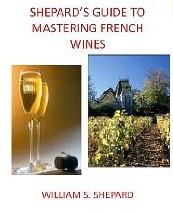
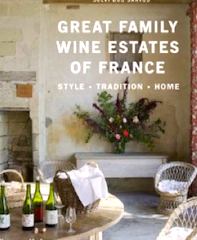
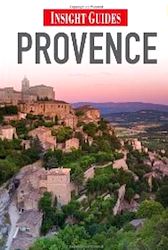
The Dark Vineyard: A Novel of the French Countryside [fiction, July 2011]
Shepard’s Guide to Mastering French Wines by former BonjourParis wine writer Bill Shepard [July 2011]
Great Family Wine Estates of France [Nov 2010]
Insight Guides: Provence [July 2011, many positive reviews]
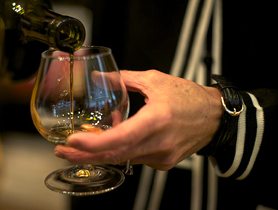 Context Travel of Paris is perfect for visitors with no time to waste. Want to learn more about wine? The BORDEAUX TO BURGUNDY, WINES OF FRANCE WALK IN PARIS guides you to a historic wine bar where you’ll sample French wines and enjoy learning about French wines. Want to explore famous Paris museums, markets, gardens or create your own custom tour? Maybe a hassle-free day trip to Monet’s Gardens, Chartres Cathedral or the Versailles Palace? Those are just some of the popular offerings from our partner, Context Travel of Paris.
Context Travel of Paris is perfect for visitors with no time to waste. Want to learn more about wine? The BORDEAUX TO BURGUNDY, WINES OF FRANCE WALK IN PARIS guides you to a historic wine bar where you’ll sample French wines and enjoy learning about French wines. Want to explore famous Paris museums, markets, gardens or create your own custom tour? Maybe a hassle-free day trip to Monet’s Gardens, Chartres Cathedral or the Versailles Palace? Those are just some of the popular offerings from our partner, Context Travel of Paris.
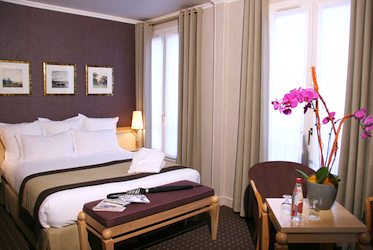
Right Bank 3-star hotel near Louvre & Tuileries:
Hotel Duminy-Vendôme is located in the center of Paris just steps from the Tuileries Garden, 5 minutes walk to Louvre or Concorde. Soundproofed rooms have free Wi-Fi, AC, satellite TV & more. Bar & business center on-site; daily buffet breakfast each morning in bright, cheery vaulted breakfast room. Many nearby restaurants & famous wine bars. Steps from Métro stop: Tuileries; walk to the Louvre Museum, grand department stores & more. Over 460 past Booking.com guests reviewed this hotel, which earned a score of 8.1 of 10.
*** Eligible for the Booking.com best price guarantee.

Be smart! Reserve your hotel at Booking.com…then keep shopping online & if you find a better rate for the same deal, contact Booking.com for your BEST PRICE MATCH GUARANTEE.
Bookmark this link & use it everytime you shop so your preferences are stored & deals are updated when you return: Booking.com.
More in Barroux, bio, buying wine, clos-trias, Food Wine, French vineyards, French winemakers, Mont Ventoux, organic, Provence, Provence Tourism, Ventoux, wine, winemaker


